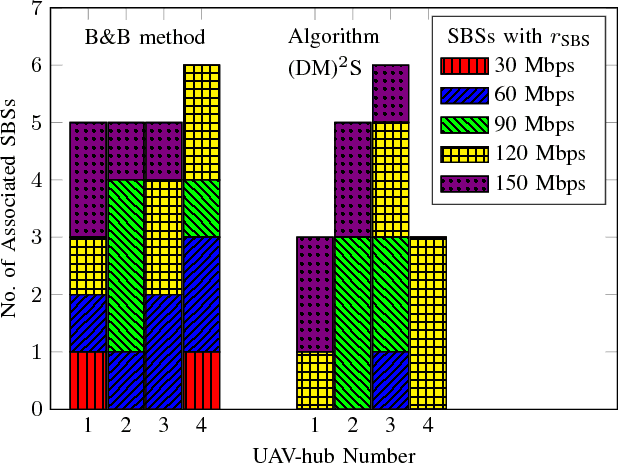Muhammad Zeeshan Shakir
A Tutorial on Non-Terrestrial Networks: Towards Global and Ubiquitous 6G Connectivity
Dec 21, 2024Abstract:The International Mobile Telecommunications (IMT)-2030 framework recently adopted by the International Telecommunication Union Radiocommunication Sector (ITU-R) envisions 6G networks to deliver intelligent, seamless connectivity that supports reliable, sustainable, and resilient communications. Recent developments in the 3rd Generation Partnership Project (3GPP) Releases 17-19, particularly within the Radio Access Network (RAN)4 working group addressing satellite and cellular spectrum sharing and RAN2 enhancing New Radio (NR)/IoT for NTN, highlight the critical role NTN is set to play in the evolution of 6G standards. The integration of advanced signal processing, edge and cloud computing, and Deep Reinforcement Learning (DRL) for Low Earth Orbit (LEO) satellites and aerial platforms, such as Uncrewed Aerial Vehicles (UAV) and high-, medium-, and low-altitude platform stations, has revolutionized the convergence of space, aerial, and Terrestrial Networks (TN). Artificial Intelligence (AI)-powered deployments for NTN and NTN-IoT, combined with Next Generation Multiple Access (NGMA) technologies, have dramatically reshaped global connectivity. This tutorial paper provides a comprehensive exploration of emerging NTN-based 6G wireless networks, covering vision, alignment with 5G-Advanced and 6G standards, key principles, trends, challenges, real-world applications, and novel problem solving frameworks. It examines essential enabling technologies like AI for NTN (LEO satellites and aerial platforms), DRL, edge computing for NTN, AI for NTN trajectory optimization, Reconfigurable Intelligent Surfaces (RIS)-enhanced NTN, and robust Multiple-Input-Multiple-Output (MIMO) beamforming. Furthermore, it addresses interference management through NGMA, including Rate-Splitting Multiple Access (RSMA) for NTN, and the use of aerial platforms for access, relay, and fronthaul/backhaul connectivity.
A Distributed Approach for Networked Flying Platform Association with Small Cells in 5G+ Networks
Apr 21, 2017



Abstract:The densification of small-cell base stations in a 5G architecture is a promising approach to enhance the coverage area and facilitate the ever increasing capacity demand of end users. However, the bottleneck is an intelligent management of a backhaul/fronthaul network for these small-cell base stations. This involves efficient association and placement of the backhaul hubs that connects these small-cells with the core network. Terrestrial hubs suffer from an inefficient non line of sight link limitations and unavailability of a proper infrastructure in an urban area. Seeing the popularity of flying platforms, we employ here an idea of using networked flying platform (NFP) such as unmanned aerial vehicles (UAVs), drones, unmanned balloons flying at different altitudes, as aerial backhaul hubs. The association problem of these NFP-hubs and small-cell base stations is formulated considering backhaul link and NFP related limitations such as maximum number of supported links and bandwidth. Then, this paper presents an efficient and distributed solution of the designed problem, which performs a greedy search in order to maximize the sum rate of the overall network. A favorable performance is observed via a numerical comparison of our proposed method with optimal exhaustive search algorithm in terms of sum rate and run-time speed.
 Add to Chrome
Add to Chrome Add to Firefox
Add to Firefox Add to Edge
Add to Edge